
Celebrating 65% reduction in violence and the impact on staff and service users through the City & Hackney Violence Reduction Collaborative
5th December 2017
Jane Kelly, Associate Director for Inpatient Services & Lead for the City & Hackney Violence Reduction Collaborative, supported by Jen Taylor-Watt, Improvement Advisor for City & Hackney
In early 2016, a person was injured every 3.7 days on our inpatient unit from incidents of physical violence. Some staff reassured themselves about the threat of violence when they came to work with the idea that “A&E is only next door”.
As the Associate Clinical Director for Inpatient Services & Borough Lead Nurse, on hearing this, I felt devastated. Things were getting worse and worse, and I felt I was failing my ward teams and communities, by not being able to stop them experiencing such very high levels of violence and aggression.
I knew that something needed to change, and with the support of Jen Taylor-Watt, Andy Cruickshank and the QI team, in February 2016 launched the City & Hackney Violence Reduction Collaborative, using a package of change ideas that had been proven to help reduce violence on the Tower Hamlets inpatient unit.
Fast forward 22 months, and we have just spent 2 wonderful afternoons with inpatient staff, reflecting together – and with friends from the broader system – on the achievements of this work within Hackney. Our inpatient wards have succeeded in reducing violence across the unit by 65%, using data over time and this has had a huge impact on us as a unit.
Changing course
Gardner Ward and Joshua Ward were our 2 acute admissions wards with the most violence 2 years ago. Staff talk about running from the door to the office on the Gardner Ward because they were so scared to be on the floor. Some of our new starters on Joshua Ward were so frightened when they were on the ward they needed to be escorted by other staff members. Gardner and Joshua have now both reduced violence by over 70%.
Rebecca Finnegan, Ward Manager on Bevan, our intensive care unit, which cares for our male service users who are most unwell, describes sitting in her office and hearing the pinpoint alarms going off 2-3 times an hour; levels of violence which meant the dominant mentality was “how am I going to get through the next 12 hours before I go home, rather than having a sense of fulfilment in the job”. Bevan has now reduced violence by 39% as a straight count of incidents, or 61% if you take into account changes in occupancy on the wards (as a rate per 1000 occupied bed days). In August-September 2016 there were 61 incidents of violence on Bevan. In the same period in 2017 that’s down to 14 (see image).
So what impact have these reductions had on our wards? What is the meaning behind the numbers?
Staff and service users spent time reflecting on this and bringing their feelings to life on artwork that we shared at the afternoon events. See the journey of each ward here:
As you can see, each ward has represented their experiences differently, but there are movements from darkness to light, from division to togetherness, from fear to calm, etc. We have also created a film, on which staff and patient representatives shared their perspectives on the impact of violence and aggression and the difference this project has made. View it here.
Journey
Brett Ward’s second canvas makes clear that they are still in transition. They’ve come a long way and the present state is much better than where they were 2 years ago, but staff and service users can see a future where things can be even better.
This is true for all of us on the unit in Hackney. This package of change ideas has had an incredible effect on the culture and functioning of the unit; such simple ideas like having proactive conversations about safety and violence in community meetings and bringing the team together to manage risks in safety huddles have really changed the dynamic of the care environment… but we can go further.
It’s a bit like we are a sail boat, which 2 years ago made some adjustments to slightly change the angle of our course. At the time, these felt like small changes; almost imperceptible initially, but after a bit of time we began to notice that we were going in quite a different direction and the sea around us began to look different. Less choppy, more calm.
That change in angle means that, nearly 2 years on, we now really are in a completely different part of the ocean from where we would have been. Rebecca Finnegan talks about how the changes on Bevan Ward mean staff and service users can now spend time on creative projects together, like making jewellery and bookmarks to sell at events and raise money for a bilingual ward library. This really was unimaginable 2 years ago; in terms of where the staff team were at, how service users felt on the ward and the dynamics and culture of everyone together. She comments,
“when you take away the violence, the fire-fighting, that stress of constantly feeling like you’re battling against your patients, you open your service up to doing so much more”
Experiences and expectations have changed.
Staying the Course
The key, of course, is that we ensure we carry on with this new trajectory. It’s so easy, when you do work like this, to get buffeted back to where you were before. The demanding nature of what we do unfortunately contributes to this, as well as the fact that continuing these new ways of working requires continued leadership and energy – the whole crew of the boat committing to continue working in the same direction, if you like. Hear about the leadership this work has already involved here.
Our recent events were partly celebration, but also a time to reflect together on where this work has taken us and to renew our commitments to each other to continue to chart our different course. As well as reflecting on what we found most inspiring about the sessions, we made commitments to each other – as ward teams, clinicians and other partners in the broader system and our Trust and Directorate Management Team – about how we could support each other to hold the gains. See these in the slideshow below.
We also needed to acknowledge as a unit the incredible support and commitment we received from Jen, without whom we would not have achieved the results we did. Her input enabled the ward teams to be creative and fun, as well as achieving and maintaining great results. Jen has certainly been the first mate on our boat and we will miss her leadership and guidance!
So finally, I’d like to renew this call – to everyone in Hackney – to support this work. To encourage your team to do your safety huddles, to make sure you are recording your incidents on your safety cross and to continue to talk openly as a ward community – staff and service users – about your experiences and learning from violence and aggression. Service users and relatives, please discuss and challenge your ward teams to keep up with this work. People from beyond the wards in the broader system, please show interest and support when you are working with us. All of your leadership and interest will make a difference.
Most Read Stories
-
Why is Quality Control important?
18th July 2018
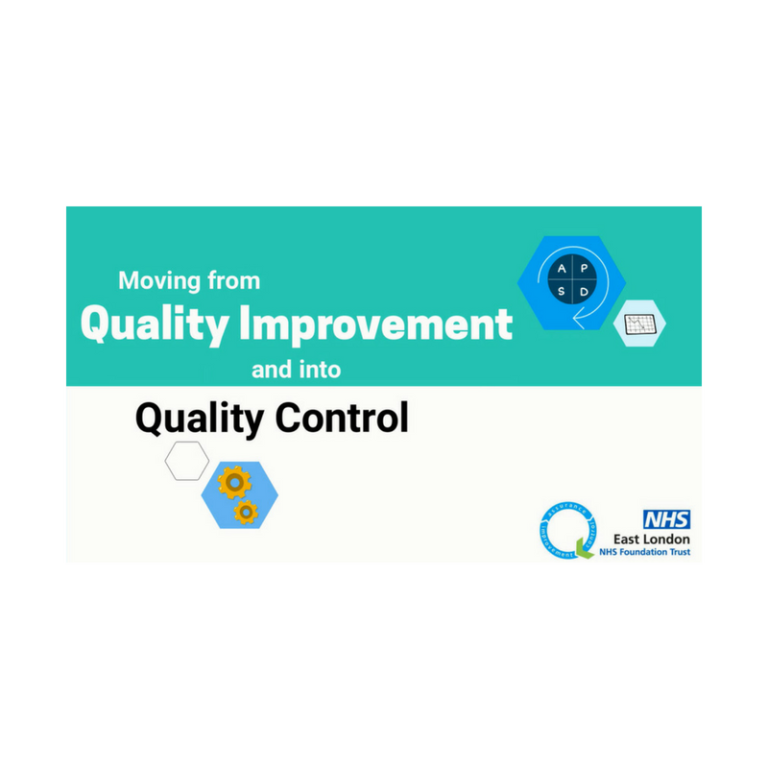
-
An Illustrated Guide to Quality Improvement
20th May 2019
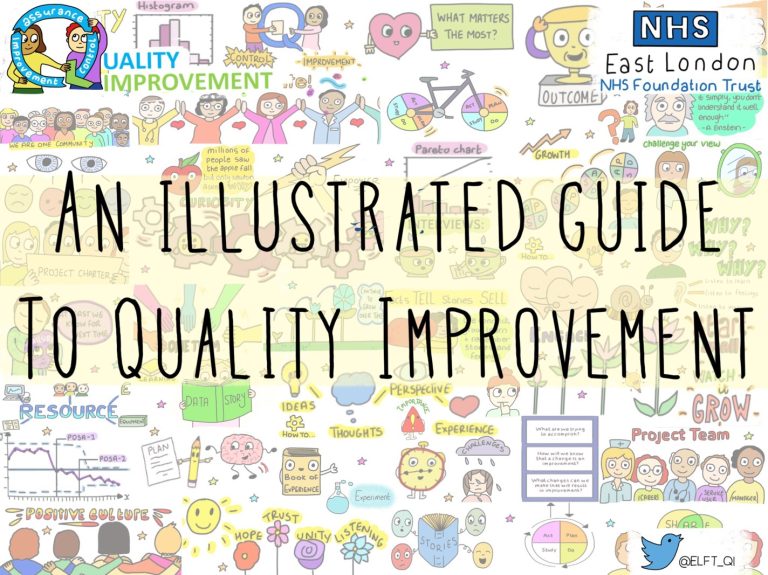
-
2016 QI Conference Poster Presentations
22nd March 2016
-
Recognising Racism: Using QI to Help Take Action
21st January 2021
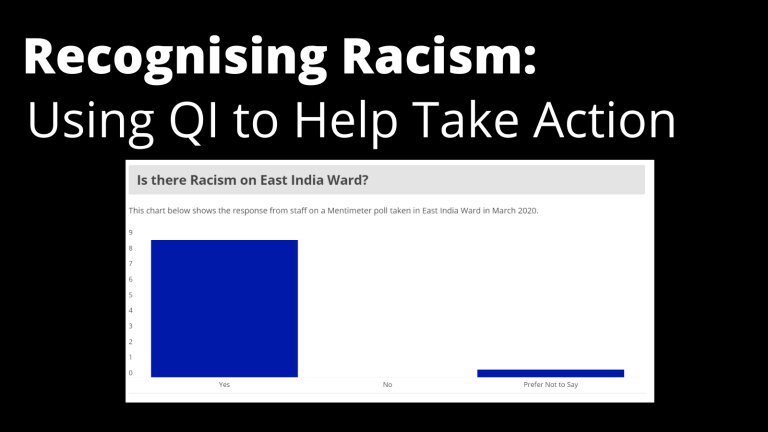
-
Using data enabled us to understand our problem
31st March 2023
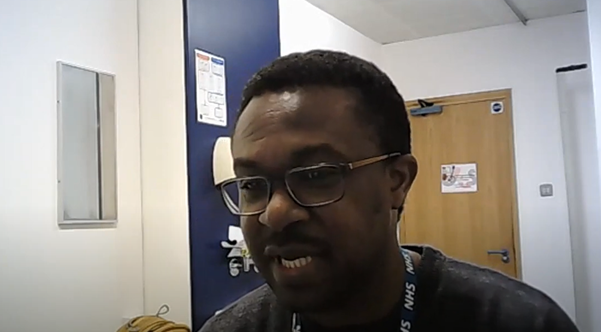
-
QI Essentials: What does a Chief Quality Officer do?
18th March 2019

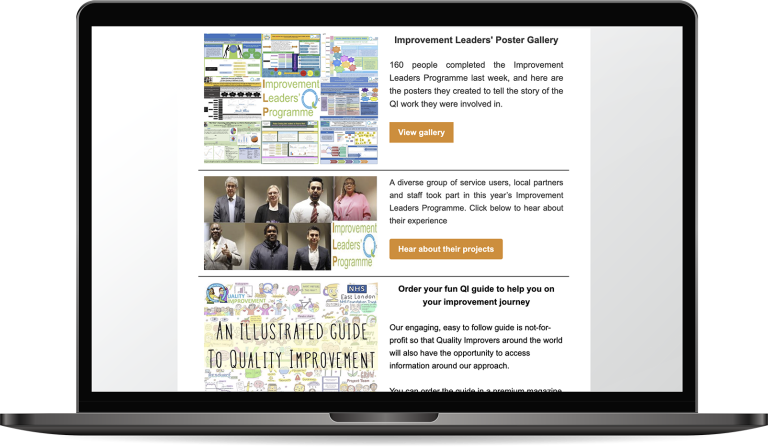
Follow QI on social media
To keep up to date on the latest concerning QI at ELFT, follow us on our socials.





